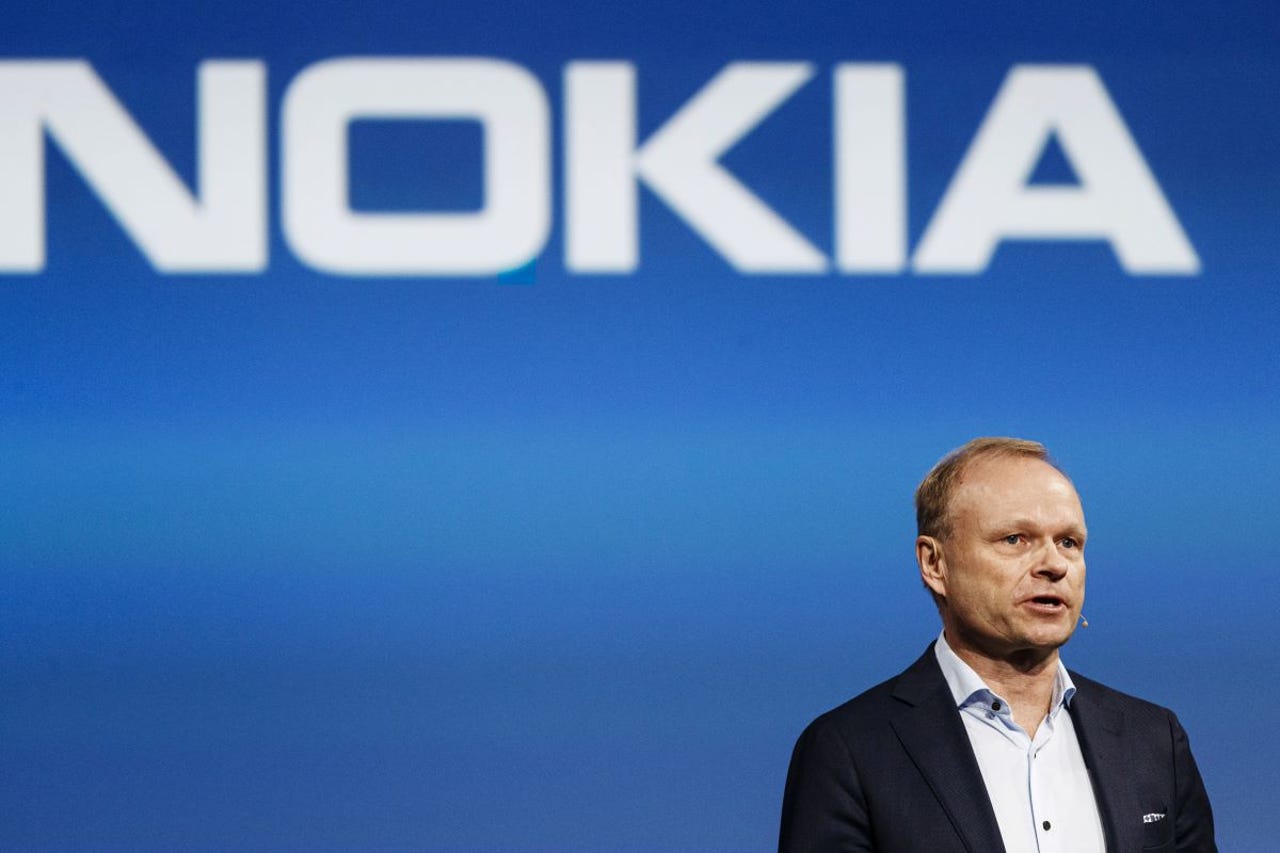Nokia bounces back as 5G plans start to pay off


Lundmark stepped in as CEO in March 2020, while company shares were losing value at speed, and a few months later launched a brand-new model to restructure Nokia.
After a tough few years, Nokia is bouncing back. The company posted some better-than-expected earnings for the second quarter of 2021 and a positive outlook for the remainder of the year, largely thanks to a successful operating strategy driven by the company's new CEO Pekka Lundmark, which resulted in some big wins particularly in the sale of 5G equipment.
The Finnish company generated €539 million ($640 million) in the last quarter, up 71% from the same time last year, when profits reached €316 million ($375 million).
5G
Looking at the first half of 2021, the boost to profits is even more striking: with €914 million ($1.08 billion), Nokia performed 153% better than the €348 million ($413 million) generated in H1 2020.
"We are already seeing the benefits of our new operating model which helped us to deliver such a strong financial performance," said Lundmark.
"Overall, I am very happy with the progress made in the first half," he continued, citing constant currency net sales up 9% year-on-year and a comparable operating margin of 12.8%.
Nokia sustained double-digit growth in network infrastructure, but Lundmark stressed that the highlight of the second quarter was with the mobile network division of the company, which is dedicated to mobile network products, network deployment and technical support services, with a focus on 5G, ORAN and vRAN.
In 5G particularly, Nokia is competing against telecoms giants the likes of Ericsson, Huawei and Samsung. The Finnish company has, to an extent, gained from the geopolitical tensions surrounding Huawei, which have led a number of countries to drop contracts with the Chinese company for the deployment of critical 5G infrastructure.
This has provided an opportunity for competitors like Nokia to step in. For example, the UK's largest provider of fixed-line, broadband and mobile services BT recently picked Nokia to build more 5G networks across the country, after a long-established partnership with Huawei.
In addition to favorable geopolitical circumstances, Nokia has also benefitted from a new operating strategy implemented by Lundmark last year.
Lundmark stepped in as CEO in March 2020 and a few months later launched a brand-new model to restructure Nokia in three phases, with the objective of better positioning the firm for changing markets and better respond to customer needs.
This involved cutting up to 10,000 jobs to save €600 million by the end of 2023 – to be re-invested in the firm's 5G networking business, but also into new products and research and development.
Only four months into the execution of Lundmark's re-structuring plans, it seems that the bet is paying off.
"The drastic changes and improved performance under Pekka's stewardship are clearly evident," Paolo Pescatore, analyst at PP Foresight, tells ZDNet. "Opportunities in 5G, misfortunes of others and focus on key products have helped reignite the business."
"Nokia's latest and greatest 5G RAN kit will put it in good stead for future growth, which will help further cement its turnaround strategy."
The company effectively published an outlook for 2021 that was revised upwards, expecting net sales to reach up to $22.7 billion ($27 billion), up from the originally anticipated €21.8 billion ($25.9 billion).
Nokia nevertheless recognized that there remain headwinds in what is an increasingly competitive industry with few leading players, which is likely to build up pressure on the company to accelerate product roadmaps and cost competitiveness through additional 5G investments.
"A Nokia resurgent is good and very much needed in an industry dominated by very few players," says Pescatore. "However, it cannot rest on its laurels given the cut-throat nature of the networks business."
The pace of the economic recovery following the COVID-19 crisis was also cited as an element of concern; as well as the on-going shortage of semiconductors, which has the potential to cause trouble when it comes to procuring certain standard components.